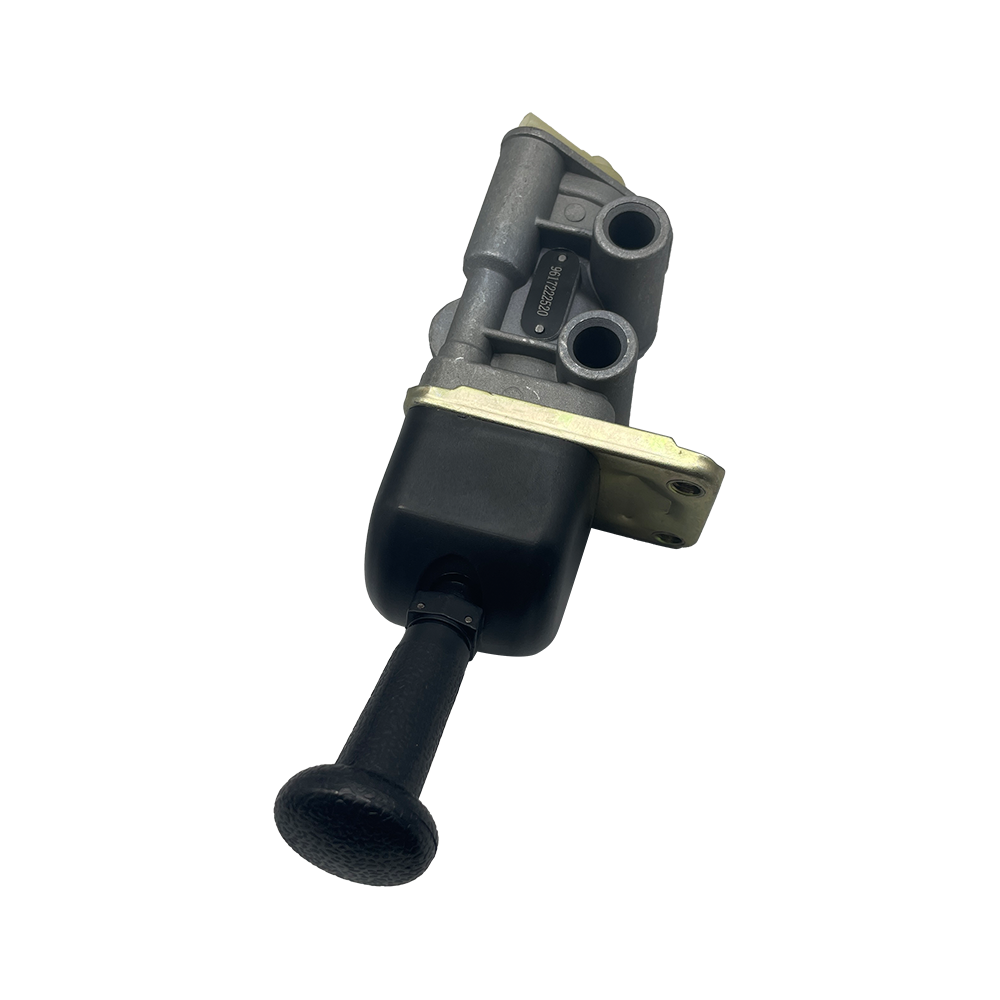
What is the significance of a brake lining's thickness and wear indicators in a truck's braking system?

Recommended Products
-
Modol:
AS1132 5.5" AS series american type 10-spline, 1.5" dia automatic slack adjuster
.png?imageView2/2/format/jp2)
Bendix Style Clearance Sensing Quick-Connect Clevis Collar Lock Clevis 5.5 & 6 Arms Complete W/ ...
see more
-
Modol:
AA1/S-ABA automatic slack adjuster
-1.png?imageView2/2/format/jp2)
Professional supplier in Brake expander 20 years experiences in the market. OEM/ODM available. Lon...
see more
-
Modol:
65172 BD series bendix style 6" slack adjuster automatic brake adjuster arm length
.png?imageView2/2/format/jp2)
Spline Dia.: 1-1/2-10 teeth arm length 6" Automatic slack adjuster Ref: Bendix 065172, K041876, 137....
see more
-
Modol:
SA21103 American type heavy duty truck parts 5,6" 10-spline automatic slack adjuster
-1.png?imageView2/2/format/jp2)
Professional supplier in Brake expander 20 years experience in the market. OEM/ODM is available. L...
see more
-
Modol:
R801072 American-type rw series automatic self-adjusting slack adjuster

Heavy Duty Truck Slack Adjuster Automatic. Size: 1-1/2"- 28 Spline,5-1/2" Length. Replace: Meritor T...
see more
-
Modol:
9324000030 Truck air dryer replacement wabco for brake system
-1.png?imageView2/2/format/jp2)
The truck air dryer is a component used in the air brake system of heavy-duty trucks and other comme...
see more
-
Modol:
9324000030 Replacement truck air dryer brake system
-1.png?imageView2/2/format/jp2)
Referenace number:II40555FAT/LA8125A/TII40555FN00/K040604N50/K040604/ LA8606/II40555F Truck air drye...
see more
-
Modol:
PA/PU 6M Length thickness 1-2mm air pipe air coils air hose

Get a wholesale price aie coils you need from professional supplier We have all size you need .yell...
see more

 English
English русский
русский Español
Español Deutsch
Deutsch

